Knowing Your Numbers: The Foundation of Your Fat Loss Journey
Before jumping into any fitness or nutrition plan, understanding your nutritional habits and your body’s key metrics is the first step toward real, measurable progress. Your body is unique, and the more you know about it, the better you can tailor your training, nutrition, and recovery strategies.
This section is divided into two essential tasks, each taking several days to complete. The first task is to log everything you eat and drink—meals, snacks, and beverages. Tracking your intake will provide a clear picture of your eating habits, helping identify what needs to be adjusted or removed entirely in week two to optimize fat loss.
The second task requires you to provide key information about your body, which will be used to establish a baseline for your goals, health, and fitness levels. By entering your personal data, this tool will generate a customized plan, outlining your target weight, estimated timeline, and calorie needs. This data will serve as the foundation for your training and nutrition strategy, giving you a clear, measurable path toward success.
Task 1: Seven Day Food Log
For absolute beginners, tracking food for seven days should be simple and stress-free. Here are a few easy ways to do it:
Photo Tracking – Take quick photos of everything you eat and drink. At the end of the day, review your meals to spot patterns.
Handwritten Food Journal: Use a small notebook or notes app to jot down what you eat. There is no need for exact portions, just list the meals and snacks.
Simple Notes App: write down meal names and times in your phone’s notes. Example: 8 AM: eggs & toast, 12 PM: chicken & rice, 3 PM: protein bar, 7 PM: pasta & veggies
Food Tracking Apps: Apps like MyFitnessPal or Cronometer can be used without counting calories—just log food names to see overall habits.
Remember, the goal is awareness, not restriction. Choose the method that feels easiest and stick with it for seven days!
Task 2: Personal Data
You’ll need the following:
- Scale
- Automatic telescopic measuring tape
- Measuring tape
- Skinfold calipers
What we need from you:
- Your height (in cm)
- Your weight (in kg)
- Your current fat%
- Your desired fat%
- Your resting heart rate (RHR)
- Your waist circumference (in cm)
- Your age
The videos below provide detailed instructions for acquiring everything needed (besides the obvious) to get started.
Weight
Fat %
Desired fat %
Resting Heart Rate (RHR)
Waist & Hip circumference
After submitting your details, you will receive an email containing your personalised Goal Sheet in PDF format.
Replies are not automated at this stage, so please be patient. If you have not received an email within 24 hours, please resubmit your form.
Data Generated from the Goal Sheet & Why It’s Useful
The data you provide will be used in your personalised goal sheet, giving you the following information at the click of a button:
- BMI (Body Mass Index) – A basic weight status classification (underweight, normal, overweight, obese).
- Current Lean Body Mass (LBM) (kg & lbs) – Shows how much of your body weight is muscle, bone, and water, excluding fat.
- Goal Weight (kg & lbs) – Defines the target weight based on the desired fat percentage.
- Fat to Lose (kg) – Calculates how much fat needs to be lost to reach the goal.
- Minimum Time to Reach Goal (Weeks/Months) (1kg loss per week) – Sets the fastest possible timeline for fat loss with vigorous training.
- Maximum Time to Reach Goal (Weeks/Months) (0.5kg loss per week): This provides a more gradual and sustainable fat loss timeline.
- Average of Minimum & Maximum Fat Loss Goals – Gives a balanced estimate between aggressive and moderate weight loss approaches.
- Maximum Heart Rate (MHR)— Determines the upper limit of heart rate during exercise, which is crucial for setting intensity zones.
- Heart Rate Reserve (HRR) – Calculates the difference between resting and max heart rate, allowing for precise workout intensity adjustments.
- MHR Target Zones (Moderate 50%, Transitional 65%, Vigorous 90%, Max Effort 100%) – Defines heart rate zones for effective fat burning, endurance, and performance.
- HRR Target Zones (Moderate 40%, Transitional 60%, Vigorous 90%, Max Effort 100%) – Personalizes training intensity based on heart rate reserve for optimal results.
- Weekly Target Weight Plan (Vigorous & Moderate) – Provides a structured weight-loss roadmap with weekly checkpoints.
- Progress Tracking Fields (Fat %, Weight, Ab Circumference, Weekly Pic, 30-Min Kilometer Test) – Helps measure changes in body composition and fitness performance over time.
- Fitness Assessment Results (Max Squats, Push-ups, Sit-ups, Plank, Squat Hold) – Tracks strength and endurance improvements.
- Training Intensity & Recovery Schedule (Blue = High Intensity, Green = Re-Evaluation, Red = Recovery Week) – Ensures a balance between training overload and recovery to prevent burnout.
- Waist Circumference Health Risk – Indicates health risks associated with excess fat storage around the waist.
- BMI & Waist Circumference Combined Risk – Provides a more accurate health risk assessment by combining body mass index (BMI) and waist measurement.
- Basal Metabolic Rate (BMR) (Oxford Method) – Estimates the number of calories the body burns at rest to maintain basic bodily functions.
- Total Daily Caloric Needs (Based on Activity Level) – Determines how many calories are required per day based on lifestyle and workout frequency.

IDENTIFYING BARRIERS
IDENTIFYING BARRIERS
training shoes, boxing gloves, hand wraps, boxing bag, jump rope
